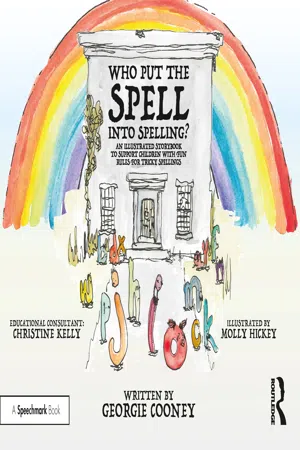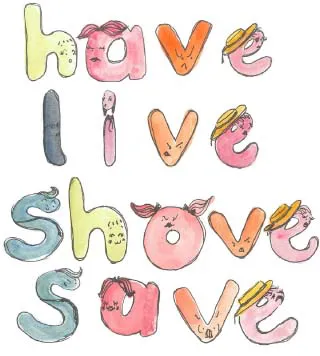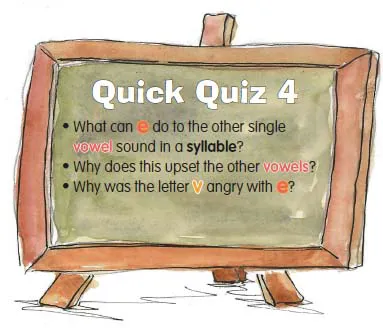
Who Put the Spell into Spelling?
An Illustrated Storybook to Support Children with Fun Rules for Tricky Spellings
- 85 pages
- English
- ePUB (mobile friendly)
- Available on iOS & Android
Who Put the Spell into Spelling?
An Illustrated Storybook to Support Children with Fun Rules for Tricky Spellings
About This Book
*This storybook should be used alongside the workbook, Supporting Children With Fun Rules for Tricky Spellings*
This beautifully illustrated storybook has been created to support learners who, after acquiring the basics of reading and writing, have struggled to organically grasp the rules that govern spelling in the English language. The colourful storybook tells the story of the 'Super Spelling School for Letters', and the teacher who helps all the students come together to make words. Twenty-two of the most important spelling rules are explored and given meaning through the engaging story; each followed by a 'quick quiz' to help solidify the rule in the long-term memory. Additionally, there is an activity for each rule which includes reading, spelling and writing in context. This is in the workbook Fun Rules for Tricky Spellings availablewithin this set.
Key features include:
- An engaging story that connects the spelling rules together and gives them meaning, making them easier to remember
-
- Quirky and colourful illustrations, allowing children to visualise the spelling rules and the way they work in the English language
-
Developed with feedback from teachers and students, this is an invaluable resource for teachers and parents looking to support learners who find spelling a challenge, or who are learning English as an additional language.
Frequently asked questions
Information
Rule 1: Magic E makes the other vowel sounds say their names

Rule 2: V before E at the end of words



Rule 3: Y says the name of ‘i’ at the end of words


Rule 4: Y says the name of ‘e’ at the end of words

Table of contents
- Cover
- Half Title
- Title Page
- Copyright Page
- Dedication
- Contents
- Acknowledgements
- Welcome
- Alphabet Rainbow
- Rule 1: Magic E makes the other vowel sounds say their names
- Rule 2: V before E at the end of words
- Rule 3: Y says the name of ‘i’ at the end of words
- Rule 4: Y says the name of ‘e’ at the end of words
- Rule 5: Doubling L, S, Z and F after a short vowel sound
- Rule 6: C before K after a short vowel sound
- Rule 7: T, C and H after a short vowel sound
- Rule 8: S before H after a short vowel sound
- Rule 9: S makes plurals and helps verbs agree
- Rule 10: E and S make plurals and help verbs agree (after hissing sounds)
- Rule 11: F is replaced by VES when making plurals
- Rule 12: I, E and S make plurals
- Rule 13: O can end some words
- Rule 14: A can introduce words
- Rule 15: A and N join together to introduce nouns beginning with vowel sounds
- Rule 16: ‘I’ is a word on its own
- Rule 18: Q before U
- Rule 19: W can change vowel sounds
- Rule 20: T can change irregular verbs into the past
- Rule 21: Copycat C
- Rule 22: Y’s sound comes at the beginning of words
- Quick Quiz Answers